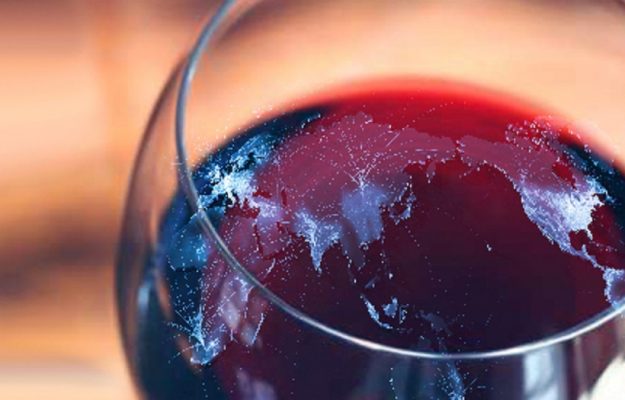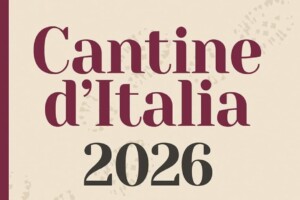To fully comprehend the drama of the economic crisis that has hit, and is continuing to hit the world, which is still struggling against the Covid-19 emergency, we will have to wait for the economic data of the second quarter of 2020. The results, even for Italian wine, will give us the real total of the decline in shipments in Italy and on foreign markets, which is where more than half of the wine sector’s overall turnover comes from. However, as we have written quite often, 2020 had started out as an excellent year, especially in the reference countries of Italian wine exports. Starting with data from the Unione Italiana Vini (UIV), the Italian wines union, "Wine by Numbers", which collects the import and export numbers of the main exporting and importing countries (Italy, France, Spain, Argentina, Chile, Australia, New Zealand, South Africa, USA, Canada, UK, Germany, Switzerland, Russia, China, Hong Kong, Brazil, Japan and South Korea), in the first quarter of 2020, in Germany Italian exports of bottled still wines did well and reached 165.4 million euros (+10.5%), but bubbles marked a substantial slowdown, at 14.7 million euros (-12.1%). It was a bad performance on the market in Great Britain, but the figure was not surprising, due to the long term political crisis that has accompanied the very long Brexit process, where bottled Italian still wines fell dramatically to 59.6 million pounds (-20.8%), and sparklings collapsed to 43.9 million pounds (-18.8%). Russia's imports were both up and down, to 36.7 million dollars (-5.6%) for bottled still wines, and 18.9 million dollars for bubbles (+15.3%).
Continuing with data in Europe, Switzerland also tumbled, as bottled imports totaled 69.6 million euros (-3.9%, which was, on the whole, a limited decrease, especially compared to France’s collapse: -32.5%), and sparklings at 11.5 million euros (-8.3%). In this context, then, it is interesting to note that Italy was the only country that saw its exports grow in that period: +2.8% for bottled still wines, to 16 million euros, and +13.6 % for bubbles, to 11.4 million euros. Data coming from the United States was, instead, definitely on the positive side, where the fear of possible tariffs on wine imported from Italy pushed Italian exports up (but not the French, as the duties pushed them down to -21.3%) to 407 million US dollars (+15.6%) for bottled still wines and 114.6 million US dollars (+9%) for sparklings. Canada was more or less stable, and we hope the market will confirm the figures for the second quarter of the year, as the State Monopoly has guaranteed relative peace of mind; that is, bottled wines firmly at 68.1 million euros (-1.1%), while bubbles continue to soar, at 9.2 million euros (+12.6%).
In South America, before it became the country hardest hit by the pandemic, Brazil had closed the quarter in the negative, which was mainly due to competition from Chile, Portugal and Spain. These three competitor countries, in fact, during the period, grew by double figures. Italy, on the other hand, registered -8.8% for bottled still wines, to 7 million US dollars, and -22.1% for sparkling wines, to 862.000 US dollars. Negative data also came from China, which was not surprising, though. The Pandemic exploded in China and the consequent lockdown of entire Regions contributed to the collapse of imports. Therefore, Italian wine lost 14.8% in the bottled still segment, which stood at 30.5 million dollars, and -31.7% in sparkling wines, at 3.5 million dollars. On the contrary, South Korea was the country that was able to contain and then beat the virus better than any other country in the world, and in the first quarter of the year shipments of bottled still wines grew + 8.8%, to 7.1 million euros, while sparklings instead plummeted drastically to -29.3%, and 1.57 million euros. Data from Hong Kong was similar to China’s, and that is bottled still wines fell -14.6%, to 4.34 million euros, while sparklings fell -22.5% down to 460.000 euros. And, finally, the data from Japan, where bottled still wines lost 6.2%, down to 30.3 million euros, and instead bubbles gained 4.3%, to 7.5 million euros.
Copyright © 2000/2025
Contatti: info@winenews.it
Seguici anche su Twitter: @WineNewsIt
Seguici anche su Facebook: @winenewsit
Questo articolo è tratto dall'archivio di WineNews - Tutti i diritti riservati - Copyright © 2000/2025









































































































































































































